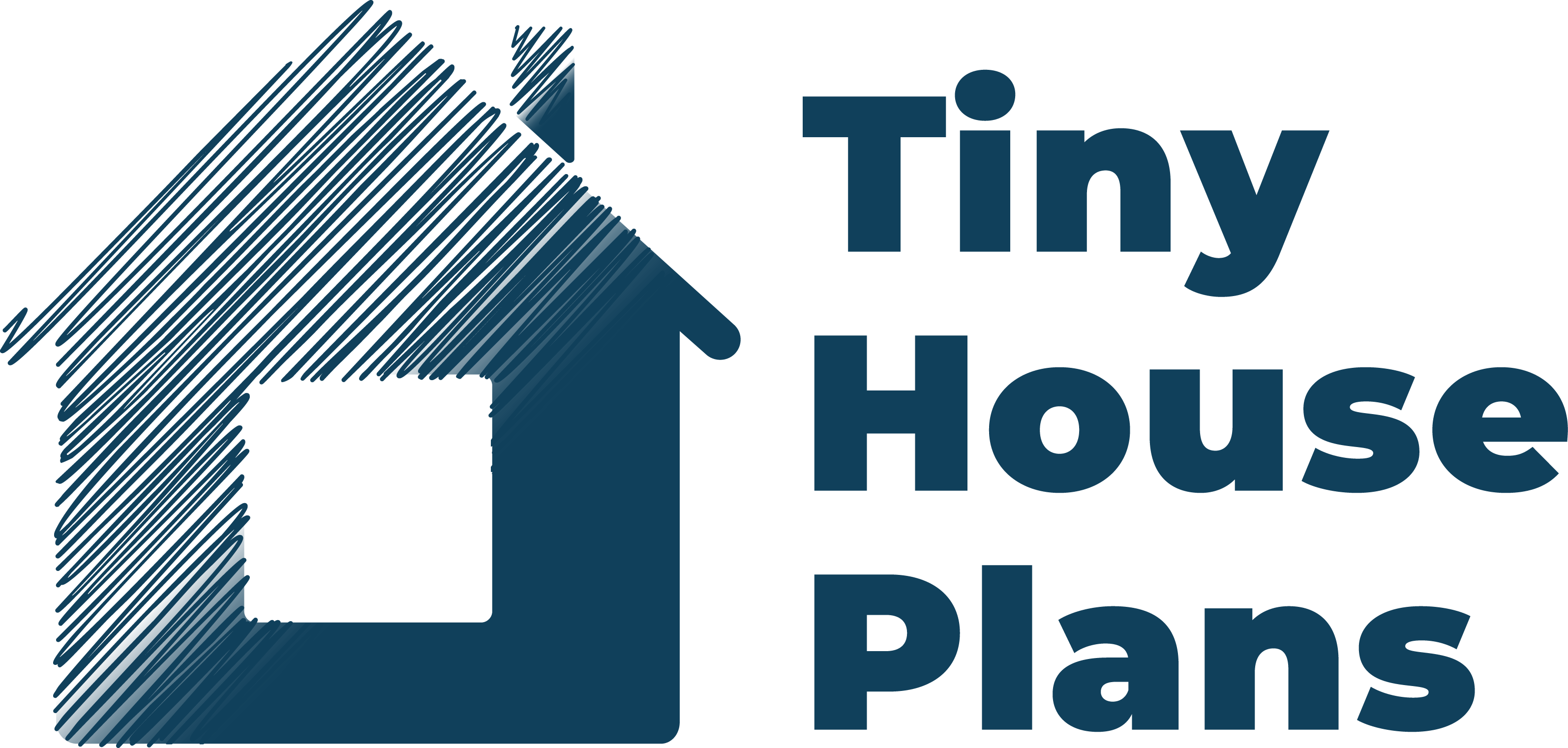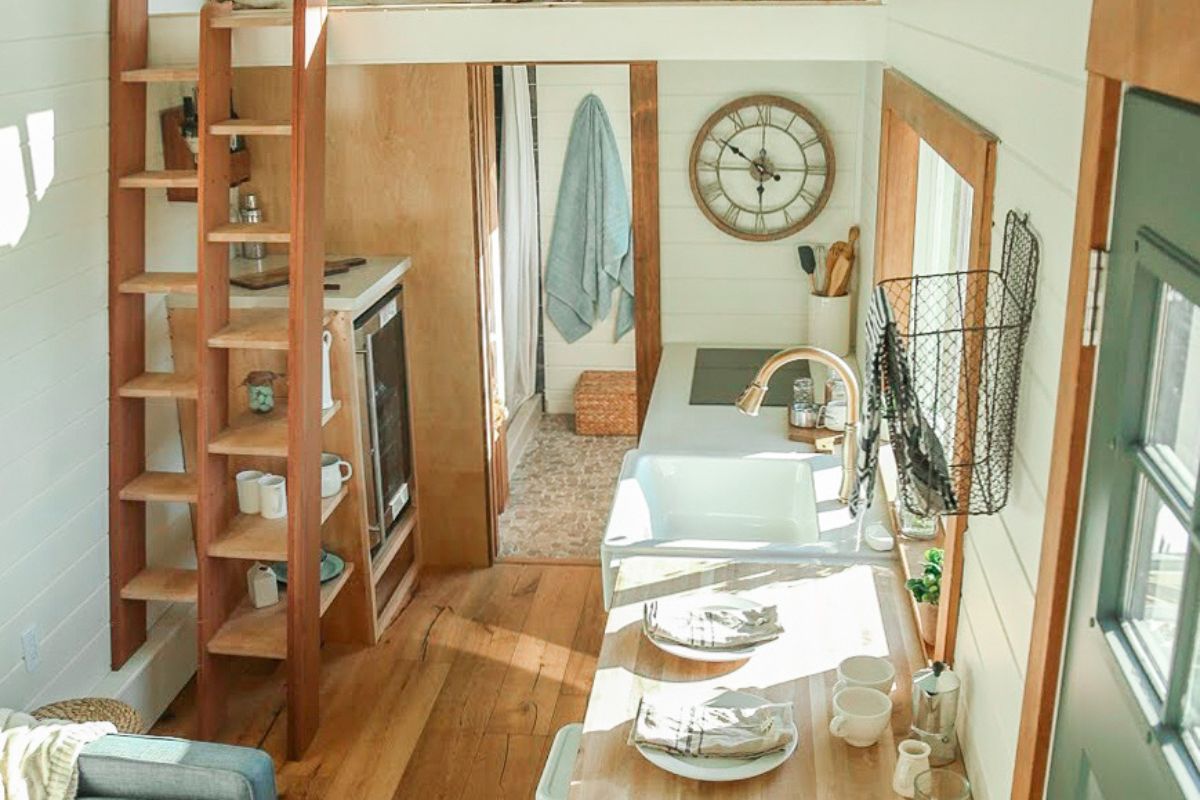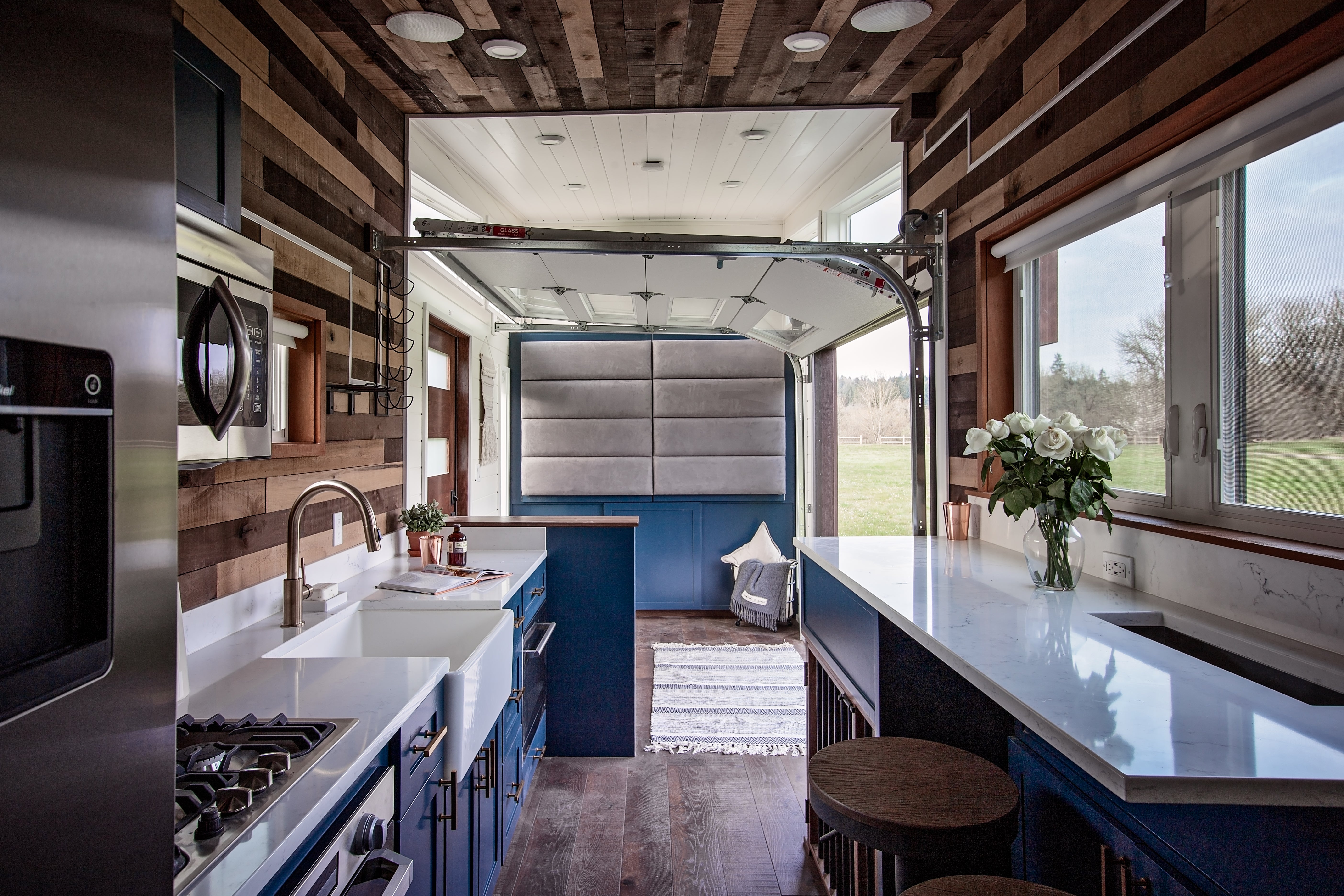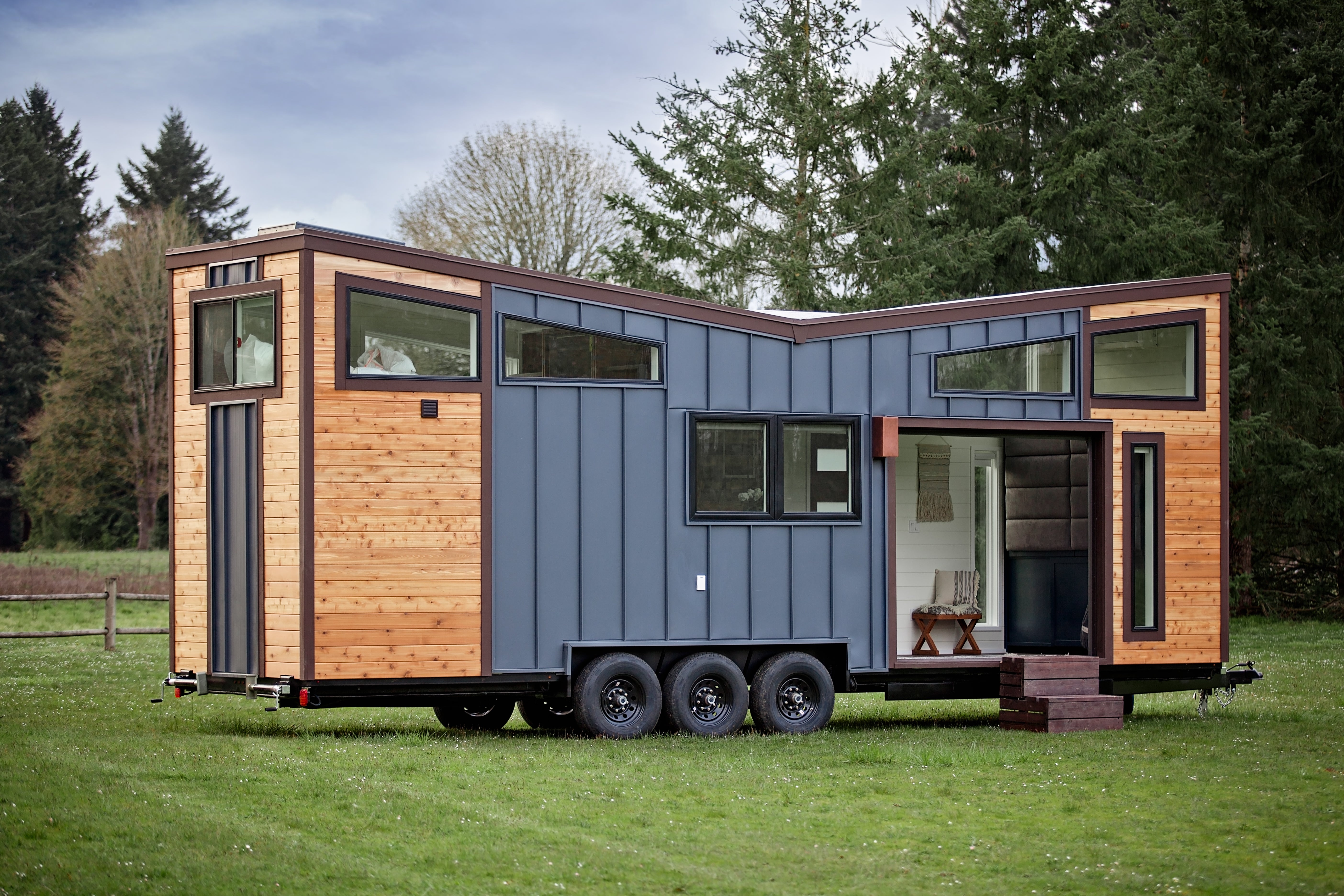Bigger has long been considered better, yet the modern world is quietly proving the opposite. The rising interest in tiny homes shows that less space does not mean less life. What matters is how the space is designed, managed, and connected with new possibilities.
Cities are swelling, environmental stress is climbing, and the cost of conventional housing keeps people locked in debt. Against this backdrop, a minimal dwelling with maximum intelligence suddenly looks not only practical but revolutionary.
Sustainable Architecture and Eco-Friendly Design
When it comes to sustainable architecture, the rule is simple: nothing wasted, everything considered. Every inch of a tiny home matters. By using green building materials such as bamboo, reclaimed wood, recycled steel, or even hempcrete, construction becomes lighter on the planet.
These choices reduce emissions—studies show that building with reclaimed materials can cut carbon footprints by up to 40%. Beyond material, orientation of the structure is just as important. A south-facing window can provide natural light and warmth in colder regions, reducing the need for artificial heating.
Eco-friendly design is not decoration. It is survival reimagined. Think rainwater harvesting integrated into the roof. Or composting toilets that transform waste into usable resources. Even insulation made from sheep’s wool has entered the mainstream, proving that sustainability can be natural, beautiful, and functional all at once.

Smart Home Technology in Small Spaces
Size does not restrict intelligence. In fact, the compact scale of a tiny home makes it a perfect testing ground for smart home technology. Automated lighting systems reduce electricity consumption by as much as 30%. Sensors for air quality, humidity, and temperature can adjust ventilation in real time. A small battery bank paired with smart energy management ensures every watt counts.
In addition, voice-activated assistants make it possible to run appliances with minimal energy waste. Imagine asking your house to dim the lights, start the water pump, or check the solar panel output—all while cooking in a kitchen no bigger than a closet. The integration of these systems transforms a modest dwelling into an energy-efficient home with the brains of a futuristic apartment.
Off-Grid Living and Self-Sufficient Housing
The dream of off-grid living is not about disconnecting completely; it is about choosing independence where possible. Solar panels, compact wind turbines, or even micro-hydro systems (if water is nearby) allow tiny homes to operate free of external power grids. Pair these with battery storage, and you achieve energy autonomy for days, sometimes weeks.
Food is the next challenge. Vertical gardens, hydroponics, and even aquaponics setups are increasingly seen in modern tiny homes. A wall of lettuce and herbs grown indoors under efficient LED lighting can feed a family of two or three. In fact, surveys show that households practicing indoor food cultivation save up to 25% on groceries annually. This is self-sufficient housing in action: living systems working together, cutting costs, and reducing reliance on external supply chains.
Minimalism Lifestyle as a Design Principle
Behind all of these innovations is a quiet philosophy: the minimalism lifestyle. Living in fewer square meters forces a rethinking of what is truly necessary. Minimalism is not deprivation but liberation. People who downsize to tiny homes report a 55% reduction in utility bills and a 45% decrease in clutter, according to lifestyle studies. Less stuff equals less stress.
In architecture, minimalism means open layouts, multifunctional furniture, and walls that can transform. A desk that folds into a bed. A staircase that doubles as a storage unit. These features are not gimmicks—they are what make compact living practical.
Math AI Solvers: Quiet Tools for Smart Planning
Designing a home, even a tiny one, involves numbers. Angles of sunlight, airflow calculations, energy loads, and water storage capacities all depend on math. Here, a modern and unexpected tool enters the picture: the math AI solver.
These digital assistants allow homeowners and architects to quickly test different layouts and energy models. Need to know how many solar panels are required to cover winter electricity needs? That's AI math help in seconds. An AI solver can generate the answer in seconds. Curious about the ideal slope of a roof to maximize rainfall capture? Again, the solver steps in.

Energy-Efficient Homes in Numbers
It is one thing to talk about efficiency; it is another to measure it. According to U.S. Department of Energy reports, energy-efficient homes can reduce power consumption by up to 60% compared to traditional builds. Tiny homes, with their smaller footprints, often perform even better. For instance:
-
Heating costs can drop by 70% when combined with passive solar design.
-
Solar panel setups on tiny homes cover 80–100% of daily energy needs in most climates.
-
Water consumption drops nearly 50% with greywater recycling systems.
Statistics like these highlight why a small, smart, and sustainable home is not just a lifestyle trend but a strategic adaptation to the pressures of the 21st century.
Challenges and Realities
Of course, no solution is without its shadows. Zoning laws often resist the idea of placing tiny homes within city limits. Financing is trickier, since banks are still adjusting to unconventional housing models. Maintenance of off-grid systems requires at least basic technical know-how, and not every household is prepared for that.
Yet, progress is being made. Several U.S. states and European countries have adjusted regulations to encourage eco-friendly tiny dwellings. Municipalities recognize that sustainable housing can ease housing shortages, reduce carbon emissions, and expand affordable living options simultaneously.
A Glimpse into the Future
Picture neighborhoods where every home is small, smart, and independent. Imagine communities powered by microgrids of solar panels and wind turbines. Think about the reduction in waste, the cut in emissions, and the freedom of residents no longer tied to oversized mortgages or resource-heavy living. The shift is already underway.
Tiny homes, once seen as quirky experiments, are becoming symbols of resilience and foresight. They bring together eco-friendly design, smart home technology, and the ethos of self-sufficient housing. Combined with green building materials and a minimalism lifestyle, they represent more than just buildings. They represent a mindset.
The future of housing may not be tall skyscrapers or endless suburbs. Instead, it could be small spaces—carefully planned, intelligently managed, and deeply sustainable. A future where comfort is measured not by square footage, but by freedom, efficiency, and harmony with the environment.






Share: